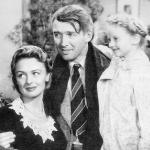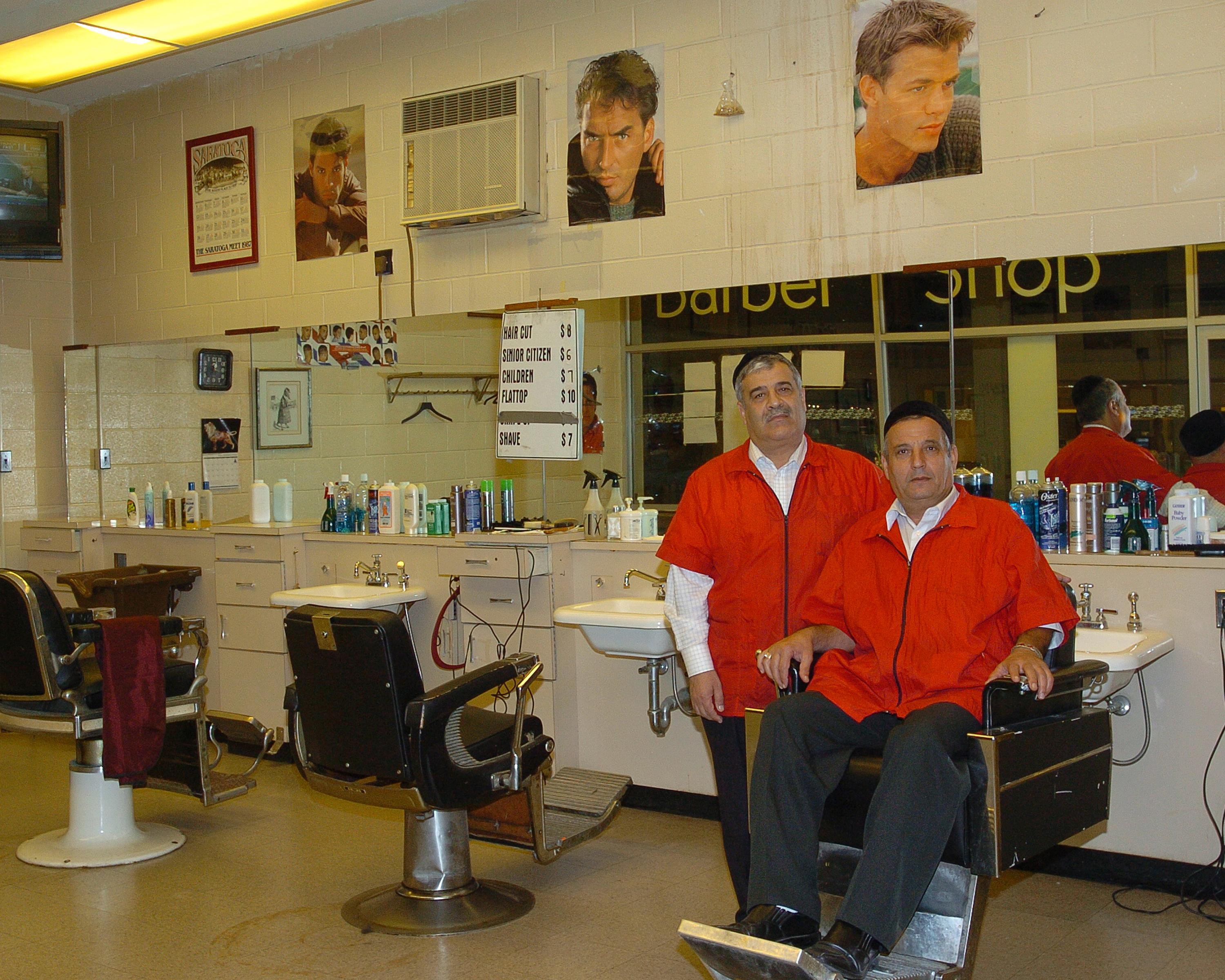
ABR Sunday Selections: Full-Card Picks for Opening Day at Santa Anita

The first time I set eyes on the barber shop at Belmont Park I was drawn to it. This, I imagined, was a place for a real gambler. Anyone who took the time to get their hair cut while at the racetrack was more than just a weekend warrior, more than just a paddock-dwelling punter, more than just a ticket-tearing tinhorn. A person who got their hair cut at the track was a true citizen of the race course, a bona-fide horseplayer.
I fancied myself none of these things, but I certainly aspired to be one. Having just moved to New York City by way of Texas on the eve of the new millennium, I wasn’t surprised to see that a big city racetrack would have such appointments as an on-site barber shop. Back home in Arkansas at Oaklawn Park, nobody would ever get their hair cut at the track. Sure, the owner of the joint had a house there. And I imagine he probably had some kind of fancy private barber come in and give him a shave and a haircut between races when he was “in residence.” But for the regular taxpayers, the only amenity on offer outside of betting windows and beer taps was an oyster bar that most locals wrote off as too exotic. And besides, anyone who hung around the track enough to get their hair cut there might be gossiped about around town. That’s just not something people in the big city needed to worry about. And if you considered yourself a true citizen of the race course, you wouldn’t care what outsiders thought anyway. If anything, you’d probably be proud. At least that’s how the younger version of me saw it.
I didn’t muster up the gumption to get my hair cut on my first ever visit to Belmont back in 2000. But after I had visited a handful of times, and started to learn my way around the place a bit, I figured it was permissible for me to take a seat and get a trim one weekday afternoon while playing hooky from work. I wondered who all would see me sitting in there, Racing Form open in front of me as the barber worked my neck with a straight razor. I wondered if I’d look just like Joe Palmer or Red Smith. I wondered if the barbers might ask me who I liked in the next race, or if the other men in the other seats might invite me to join them at the rail to talk horses, believing me to be a true citizen like themselves.

The room itself, like all of Belmont in those days, was strictly business. No frills. Four walls, three chairs, one television tuned to the track’s feed. To my dismay there was no great chit chat. My Eastern European barber made jokes, same as my regular Eastern European barber in Morningside Heights made. There wasn’t much talk of racing. The men in the other two chairs were concerned with getting their hair cut as quickly as possible so they could make it to the windows and out the door for the next race to begin. They didn’t care to dawdle in that place for longer than they had to. Like all of Belmont in those days, they too were strictly business. This shouldn’t have surprised me. I was a country boy who had, as they say, come to town, but I learned quickly that this was the way things worked in New York. You handled your business and moved on. You didn’t linger. You didn’t loaf about. Even at the racetrack, the world capital of wasting time, New Yorkers wanted to just get on with it.
Naturally, the barber thought I was a fool for asking to look at my Racing Form while he cut my hair, requesting that I keep my hands and arms beneath the cover, like a normal person who isn’t a moron would do. Discouraged that nobody would see me handicapping while in the barber chair at the track, and that nobody inside or outside of the barber shop would care about what I was doing at all, I got my hair cut and then never went back in the barber shop on any of my trips to Belmont for the next decade. I mean, I had a barber one block from my apartment. If there was no community to be found in the Belmont barber shop, nor any audience for my being there, what was the point?
The barber shop at Belmont had been around since 1968, when the new Belmont Park opened up after a six-year hiatus following the demolition of the old track in 1962. When they opened the doors to the new Belmont, it was the largest racetrack in the country, with the capacity to fit more than 100,000 fans. The new and improved state-of-the-art racetrack boasted of having six dining areas, 59 concession stands, 18 bars, 24 escalators, a 25-bed hospital, an on-premises dentist office, and a barber shop open to the public every racing day. The amenities were necessary, not only for the many tens of thousands of racing fans that came to the track, and those I called in jest the track’s “citizens,” but also for the more than one thousand very real citizens of Belmont who lived on the premises around the clock to care for and look after the horses and the grounds. Belmont was much more than a place for gamblers to congregate. It was a whole city unto itself, and many of its residents cared little about the tote board.

Over the years the barber shop became a curiosity, with journalists visiting it to get a feel for what life at the track was all about. Whether they visited in 1970 or 2010, they mostly left feeling as I did – that it was just another barber shop, perhaps even less, with little banter and even less fanfare.
When I heard in 2011 that the barber shop’s days were numbered, I made a promise to myself that I’d get my haircut there one last time before it closed. As the 2011 meet neared its end, I realized I had yet to make good on that promise. I went to the track on the very last day of the meet that summer with a goal of doing exactly that, but I found I was already too late. The track had already pulled the plug. Now whenever I visit the track and see the empty space that once held the barber shop, I feel sad about whatever it could possibly mean. I don’t think it says something about attendance at the races. Barbers at the shop had complained the year before to visiting reporters on Belmont Stakes day that they weren’t any more busy than on a regular Saturday, which was to say they weren’t very busy at all, even on the track’s busiest day of the year. I think it says more about a drop in the number of people interested in getting a haircut at the racetrack. Perhaps, like so many civilian journalists who had made the pilgrimage to the barber shop in years past, people who visited were hoping to find Runyonesque characters shooting dice, trading barbs, and maybe singing songs about Lady Luck. Or maybe, like me, there were people who opted for a haircut merely to be seen by the other horseplayers doing it. Either way, they likely all left disappointed.
But what’s most likely is that people simply stopped getting so many damn haircuts. Just like the shoeshine stand, a racetrack barber shop is a holdover from a time when people looked and dressed and comported themselves in a much different way than today. Like many things in horse racing, the barber shop was a relic of a bygone era, an anachronism hanging on for dear life. Eventually it had to let go. One day that space may house a vape shop or a Shake Shack, and it will feel very contemporary and relevant and new – and that, too, shall pass. That, too, shall make way for some other necessary amenities for the horseplayer and the racetrack citizenry of tomorrow, in whatever shape and form they may take. The racetrack is a city. Like any city the track ebbs and flows, recreates and rebuilds, lives and dies. The only constant is horse racing. The barber shop, like everything else, is merely incident.